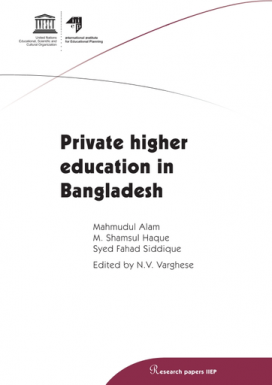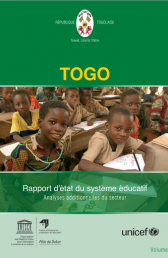
Languages
English
Series
Research papers IIEP
Year
2007
Pages
53 p.
Level
Tertiary education
Tertiary education
Country
Online version
About the publication
Although universities in most countries have been dependent on public funding, the private sector is now the fastest growing segment of higher education in many countries. The private sector includes publicly-funded, self-financing and for-profit institutions, with the latter two predominating. Many for-profit institutions were established by corporations engaged in the trade of stocks and shares of educational institutions. The self-financing universities/institutions, established mainly by individuals or by religious organizations, also mushroomed in the 1990s. This study is part of an IIEP research project to examine the private sector of higher education. The study looks at policy changes in Bangladesh in favour of the private sector, trends and patterns in the growth and expansion of private higher education institutions, and the sources of financing .and management of these institutions. Although there were discussions on establishing private universities as of the 1980s, the Parliament Act on this was passed in 1992. The first private university was established in the same year. Now there are more than 50 private universities in the country. This study shows that the private universities in Bangladesh, as in many countries, offer courses in limited market-friendly subject areas, and their income relies mainly on fees collected from students. Some of them are affiliated to foreign universities.









